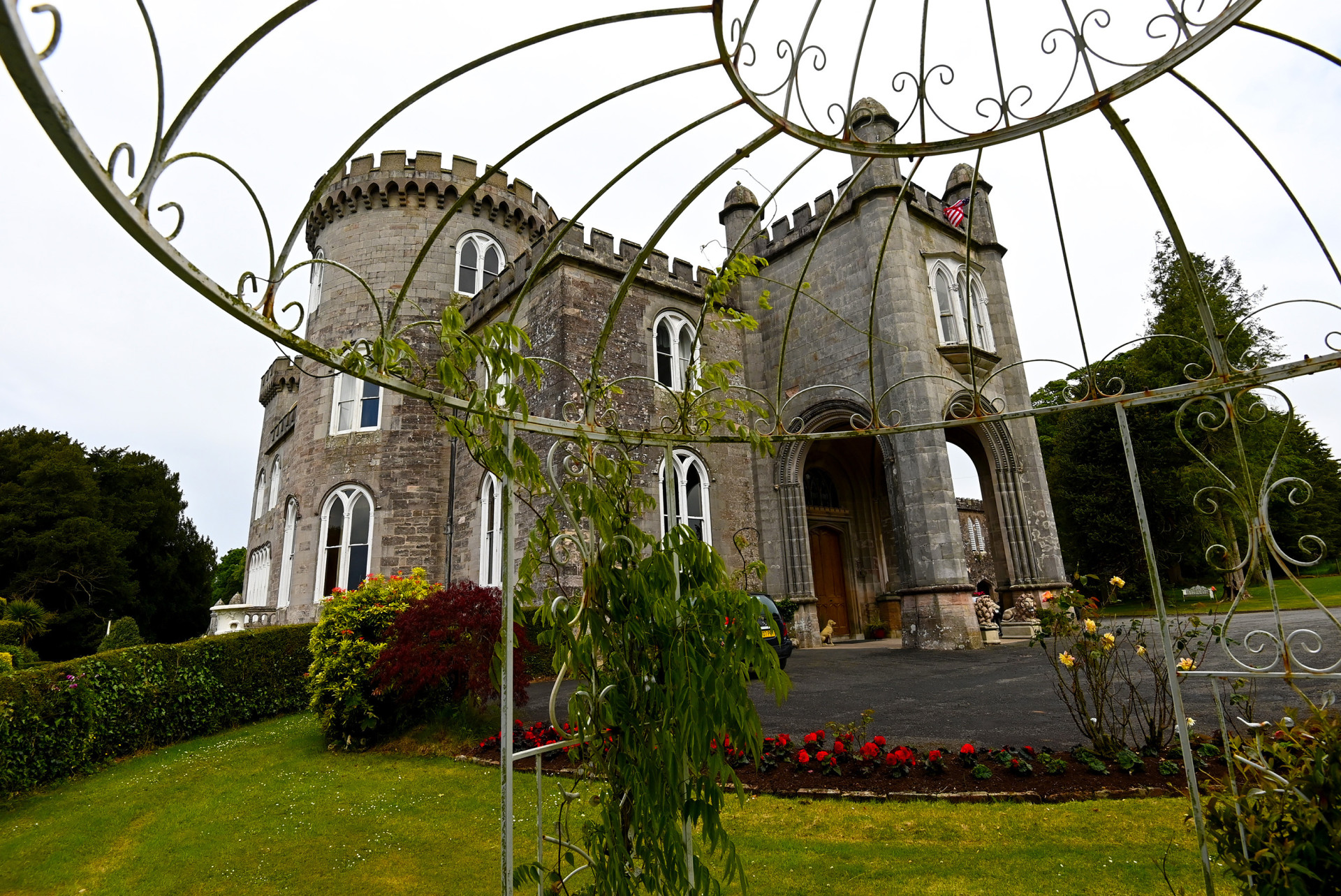If its walls could talk, those inside Cookstown’s Killymoon Castle would have many a story to tell.
This historic building, which recently opened its doors to the public for a very special D-Day commemoration, retains many relics and artefacts dating back centuries, each with their own story to tell of the intriguing history of the town.
Originally built in 1671 by James Stewart who bought the land lease for the site from Alan Cooke – the founder of Cookstown, the castle was destroyed by fire in 1801.
In 1802, Colonel William Stewart had a new, more imposing castle built.
It was designed by John Nash, the famous London architect who was also involved in designing Buckingham Palace.
In 1922, John Coulter bought the castle and grounds and it remains home to the Coulter family to this day.
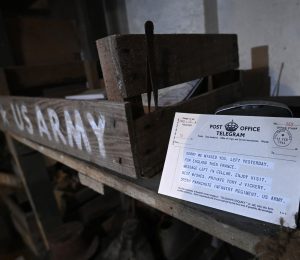
Last weekend, the castle opened its doors to the public for a special re-enactment event commemorating 80 years since D-Day.
Speaking of the success of the event, Dorothy Coulter, who currently resides in the castle said, “We had hundreds of actors on the grounds portraying soldiers from the British, American, German and Polish army and it was fascinating.
“One moment that particularly stood out to me was when dozens of children from Holy Trinity Primary School arrived dressed as evacuees, having made their own gas masks with such fine attention to detail.
“It was just wonderful to see the community coming together to commemorate such an important part of history.”
Following the event, a plaque was unveiled on the grounds of the castle by Lord-Lieutenant of County Tyrone, Robert Scott to commemorate the 80th anniversary of that Tuesday morning of June 6, 1944, a day that claimed the lives of nearly 5,000 allied soldiers.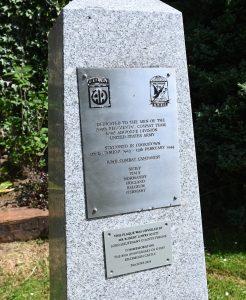
But what exactly links this historical castle to D-day?
80 years ago, the castle played an important part in this crucial chapter in history when it housed over 600 American army personnel of the 505th Parachute Infantry Regiment of the US Army in preparation for D-Day.
Massive operation
These soldiers would spend three months at the castle from December 1943 until February 1944, before being dispatched to England ahead of a massive operation that would see them land in France on June 6, 1944 in the largest military naval, air and land operation ever attempted.
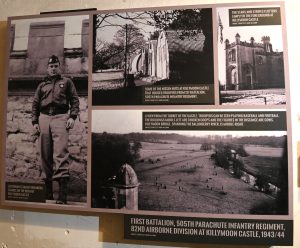
By the end of the war, 153 of those soldiers had lost their lives.
Yet, a little piece of their legacy lives on in the cellar of the castle, where hundreds of personal messages from the soldiers had been engraved and sketched into the walls.
Among the messages adorning the cellar walls are names, regiment details, dates of birth, caricatures, and humorous anecdotes. The cellar also houses the Urban District of Cookstown’s Air Raid Precautions Emergency Instructions, providing a snapshot of wartime life and urging locals to take cover during air raids.
One particular name that stood out on that wall was that of Tony Vickery, with markings on the wall reading, ‘P.T – Tony J. Vickery 505 Prcht. Inf, U.S. Army, Atlanta, GA’.
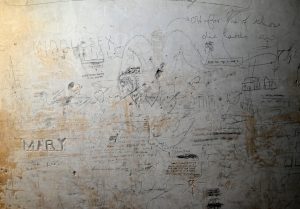
Mrs Coulter explained, “Tony Vickery’s name stood out as it provided the most information regarding any single soldier who stayed here during the war.
“A friend of mine looked into it for us and discovered that Tony was only an 18-years-old when he stayed here.
“It was also discovered that his fellow soldiers nicknamed him ‘the milk bar commando’ due to his fondness of milkshake.”
Further details uncovered showed that Tony Vickery was born in Georgia, USA and was part of the parachute regiment in the 82nd Airborne Division.
He parachuted into Normandy on June 6, 1944 and was killed five days by a group of Germans whilst providing cover for other soldiers who were sleeping.
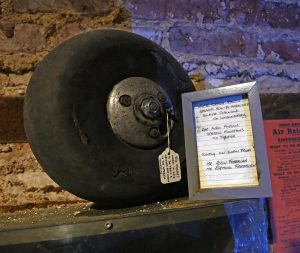
Following his untimely demise, he was buried in the American Cemetery at Colleville-sur-Mer in Normandy, and awarded the purple heart.
As it stands today, the castle welcomes members of the public to experience a range of fascinating, historical tourism and it also forms the idyllic backdrop for an unforgettable wedding day.






